Best Timing for Poison Hemlock Removal
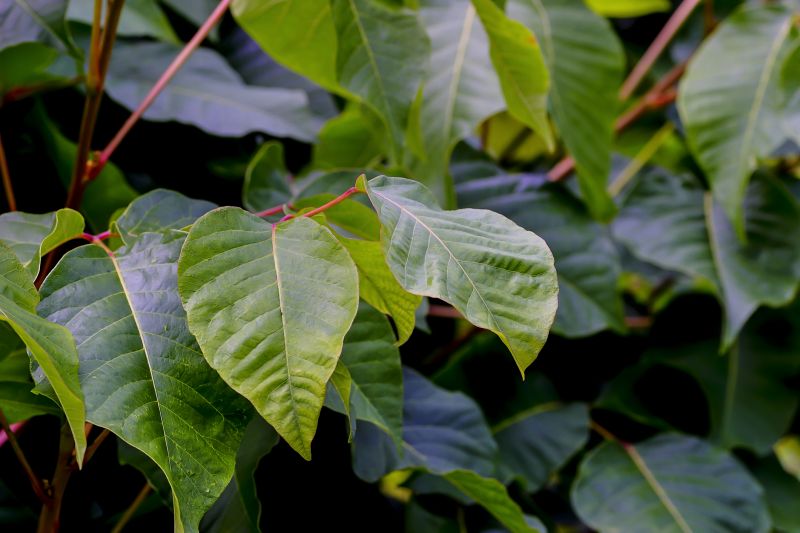
Removing poison hemlock in early spring prevents seed production and controls spread.
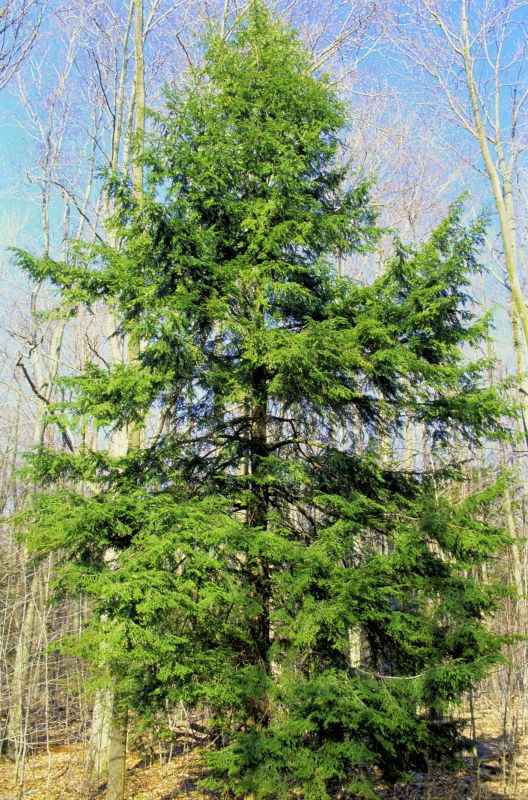
This period is ideal for targeted removal before plants mature and produce seeds.
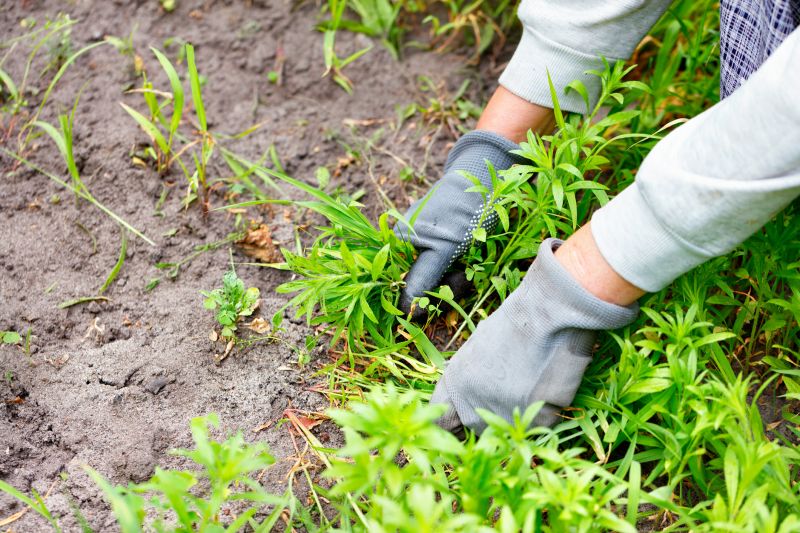
Control efforts in late summer can reduce seed dispersal for the following season.
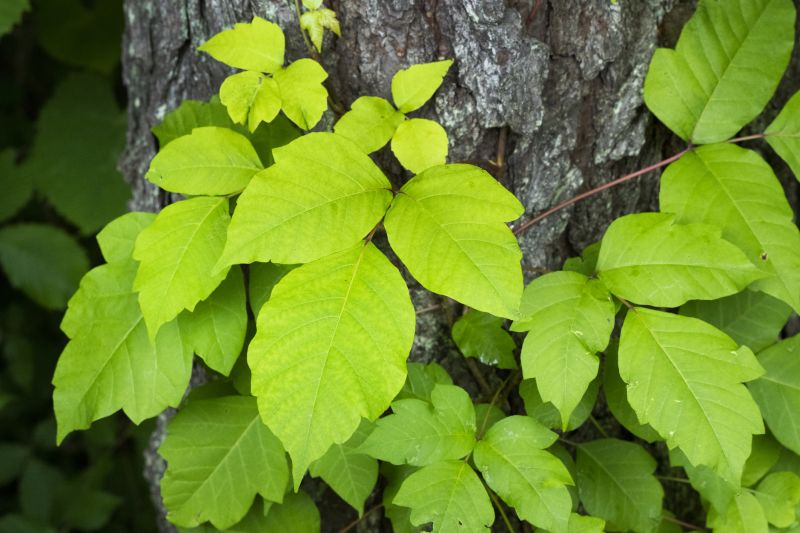
Ways to make Poison Hemlock Removals work in tight or awkward layouts.

Popular materials for Poison Hemlock Removals and why they hold up over time.
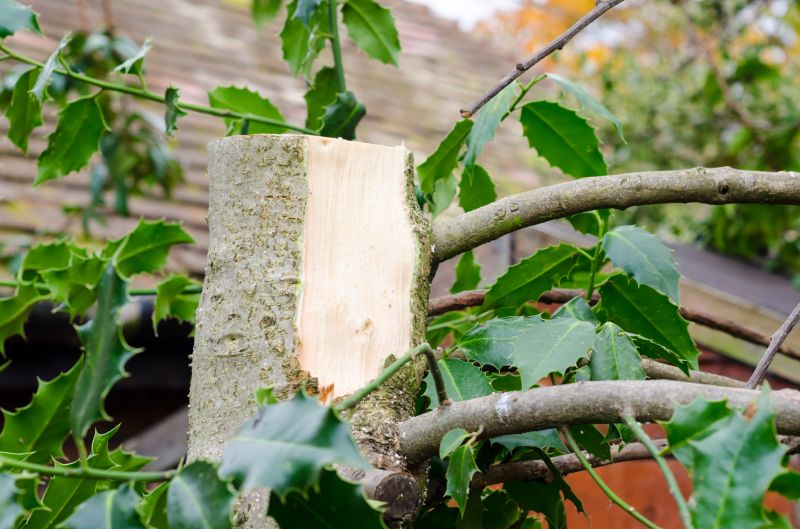
Simple add-ons that improve Poison Hemlock Removals without blowing the budget.
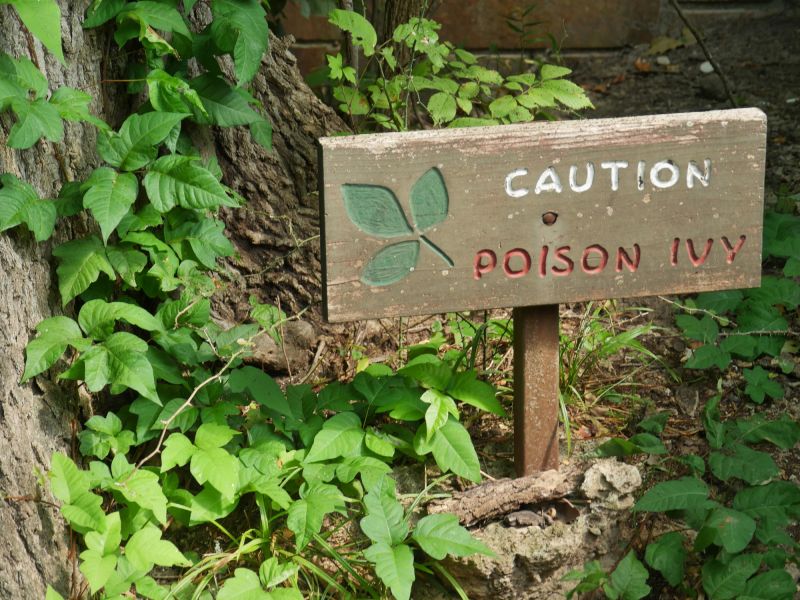
High-end options that actually feel worth it for Poison Hemlock Removals.
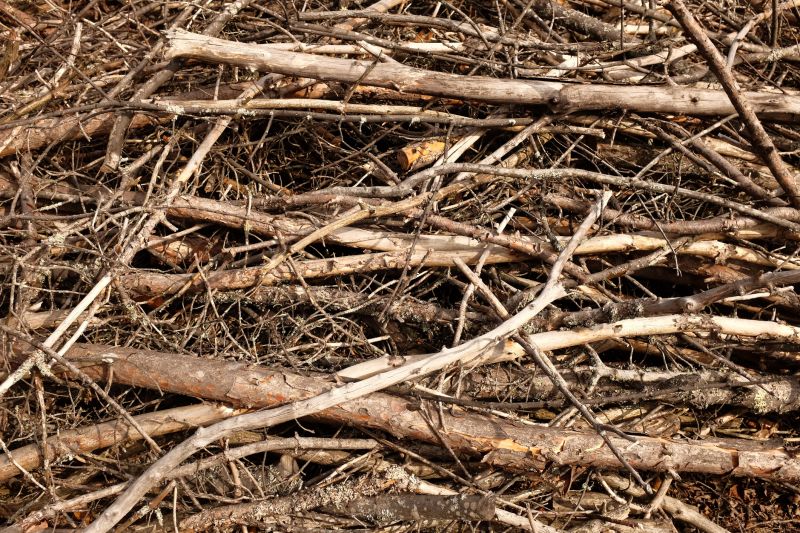
Finishes and colors that play nicely with Poison Hemlock Removals.
Poison hemlock (Conium maculatum) is a highly invasive and toxic plant that can rapidly colonize disturbed areas, waterways, and roadside environments. Its growth peaks during late spring and early summer, making this the optimal time for removal efforts. Early intervention helps prevent seed dispersal, which can produce thousands of seeds capable of remaining viable in the soil for years. Effective removal during these periods can significantly reduce the spread and density of poison hemlock populations.
Statistics indicate that seed production begins shortly after the plant matures, typically in late spring. A single mature plant can produce up to 30,000 seeds, which are dispersed by wind, water, and animals. Proper timing of removal minimizes seed production, thereby decreasing the risk of future infestations. Consistent control during the growing season is essential for long-term management of this invasive species.
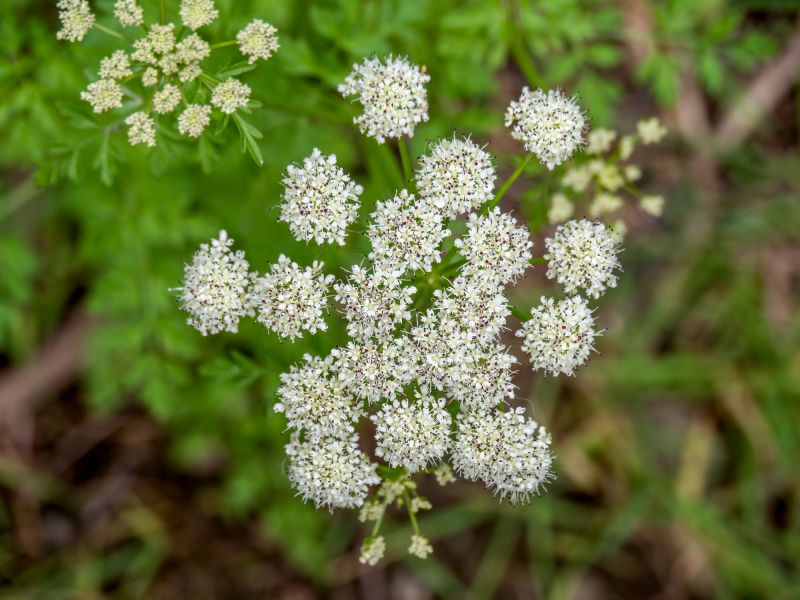
The plant produces white, umbrella-shaped flower clusters during late spring to early summer.
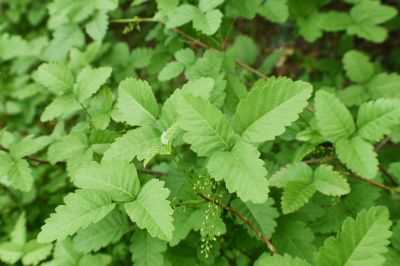
Mature plants can reach heights of 6-10 feet with distinctive purple-spotted stems.
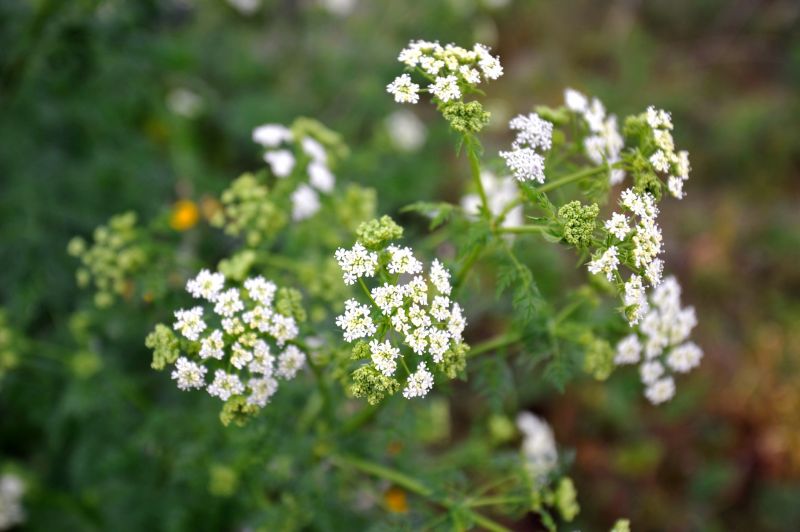
Seeds are released from seed heads and can be carried over long distances by wind and water.
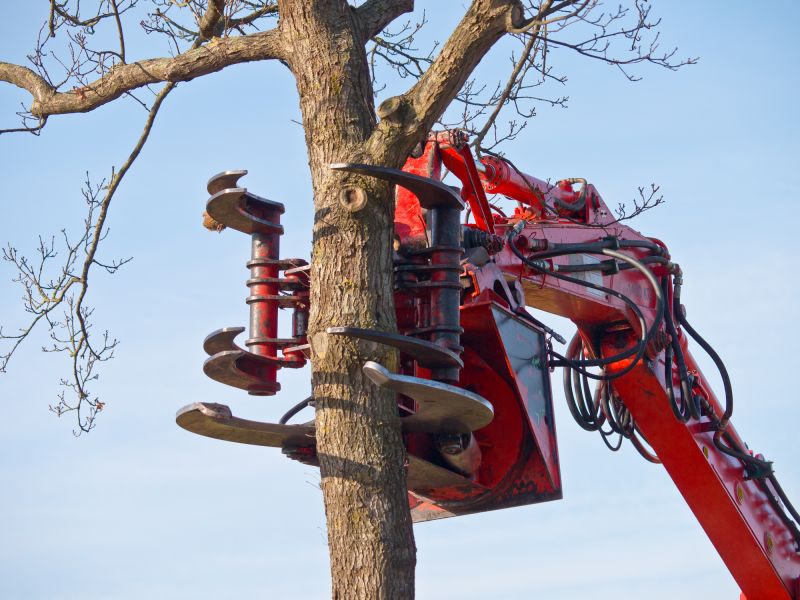
Mechanical removal before seed set reduces the spread of poison hemlock.
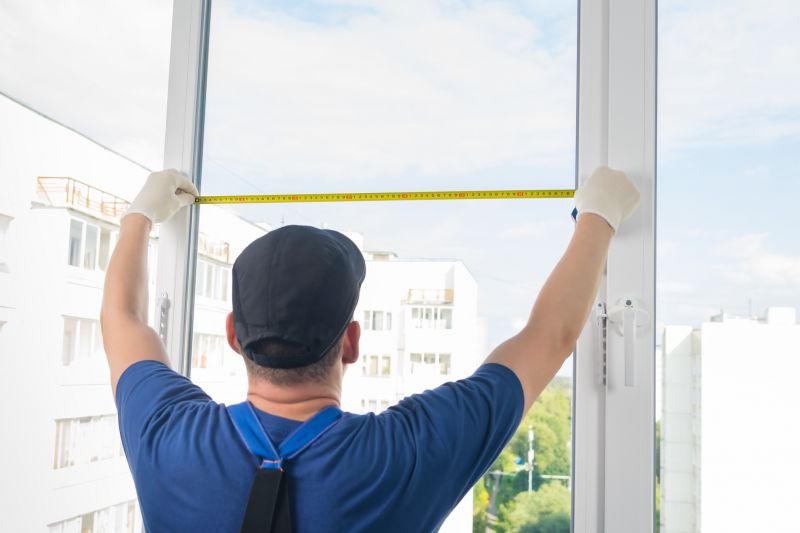
Little measurements that prevent headaches on Poison Hemlock Removals day.

A 60-second routine that keeps Poison Hemlock Removals looking new.
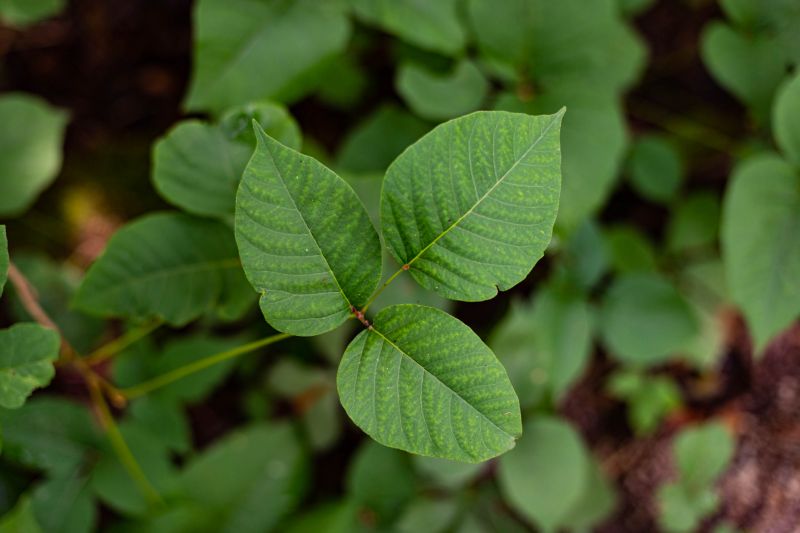
A frequent mistake in Poison Hemlock Removals and how to dodge it.

Small tweaks to make Poison Hemlock Removals safer and easier to use.
| Season | Recommended Action |
|---|---|
| Early Spring | Identify and remove young plants before flowering. |
| Late Spring to Early Summer | Target mature plants to prevent seed production. |
| Late Summer to Fall | Remove remaining plants and manage seed dispersal. |
| Winter | Monitor for regrowth and plan for the next season. |
| Throughout Growing Season | Consistent control reduces spread and density. |
Effective poison hemlock removal requires understanding its growth cycle and implementing control measures during key periods. Timing efforts to coincide with plant phenology maximizes impact and reduces the likelihood of seed dispersal. Regular monitoring and removal are necessary to manage existing populations and prevent new growth.
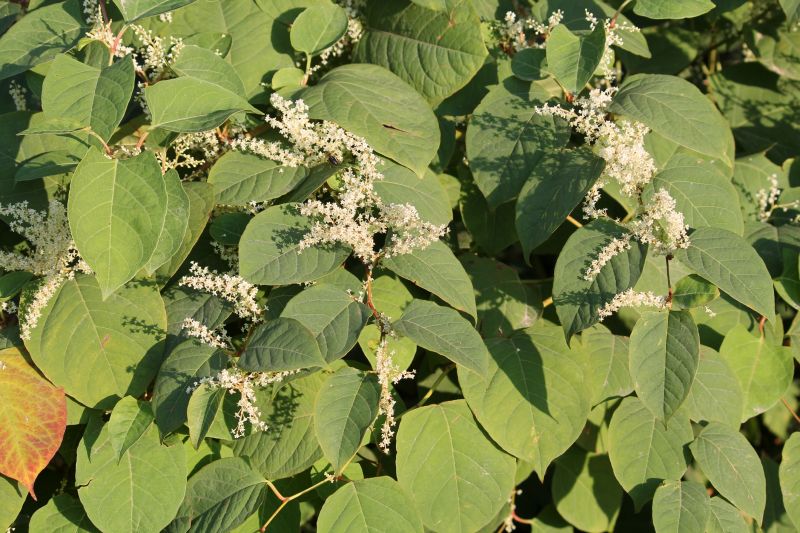
Seed heads develop in late spring, releasing thousands of seeds.

Tools such as weed pullers and herbicide applicators are used for removal.
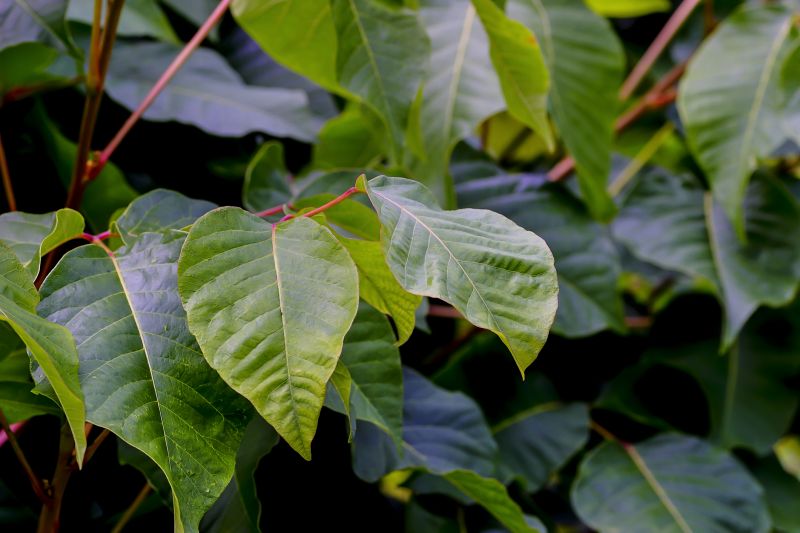
Dense patches of poison hemlock can quickly dominate disturbed sites.
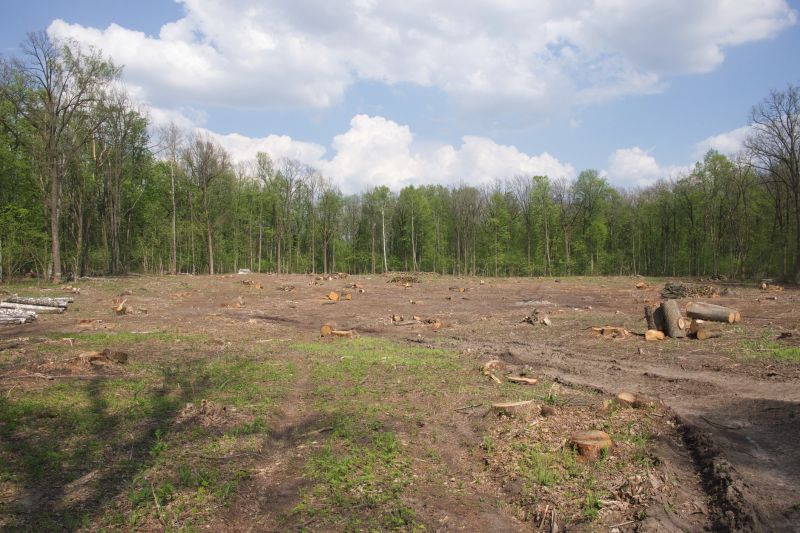
Cleared areas show reduced plant density and seed production.
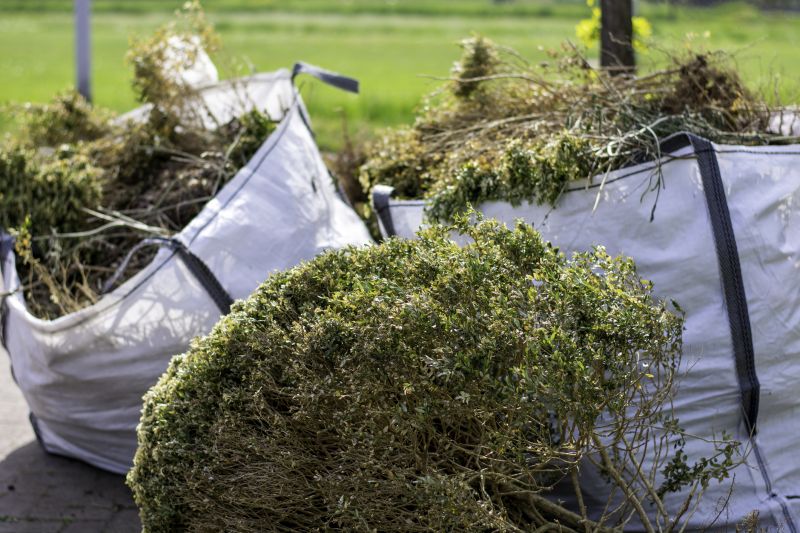
Lower-waste or water-saving choices for Poison Hemlock Removals.
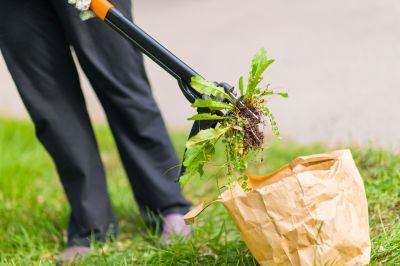
The short, realistic tool list for quality Poison Hemlock Removals.
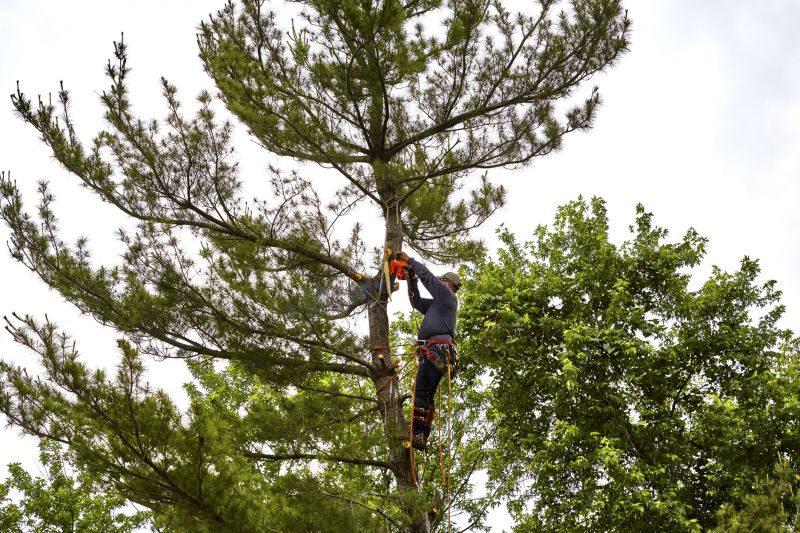
Rough timing from prep to clean-up for Poison Hemlock Removals.

Quick checks and paperwork to keep after Poison Hemlock Removals.
Timing poison hemlock removals effectively reduces its invasive potential. Implementing control measures during the plant's active growth and seed production phases significantly limits its spread. Consistent efforts and proper timing are crucial for long-term management and ecological safety.
Interested in managing poison hemlock on your property? Filling out the contact form can provide more information about effective removal strategies and scheduling options tailored to specific needs.
Examples that show the impact a good Poison Hemlock Removals can make.
Ways to make Poison Hemlock Removals work in tight or awkward layouts.
Ways to make Poison Hemlock Removals work in tight or awkward layouts.
